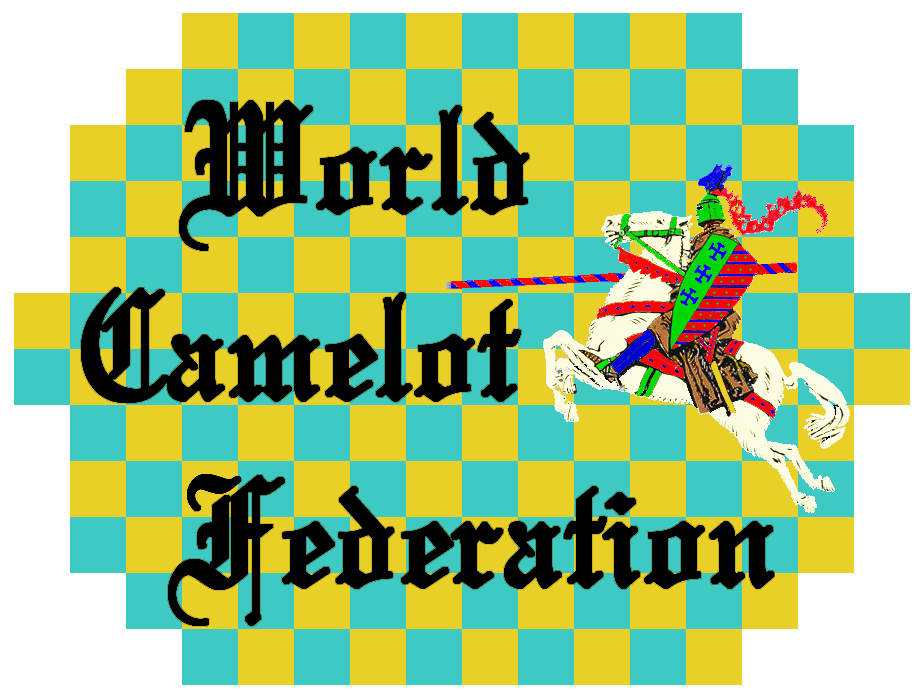
|
|
|
|
CAMELOT FOR BEGINNERS
Camelot, like chess and checkers, is quite easy to learn to play. However, also like those games, it is relatively difficult to play at an expert level. Not that expert play is ever a requirement for enjoyment. Far from it; Camelot is a wonderful choice for the novice in that for him, it is far more fun to play than either chess or checkers. It is exceptionally tactical almost from the first move, and therefore quick to play to conclusion. Beginners, especially children, should play strictly for enjoyment, sampling many contests before studying the intricacies of strategy, tactics, or even, perhaps, the full rules of the game.
Here is an abbreviated set of rules for the beginner:
1. There are two players. Each player starts the game with 14 pieces: 4 Knights and 10 Men. 2. Either a Knight or a Man can Plain-Move one square in any direction. 3. Either a Knight or a Man can Canter (leap) in any direction over one or more friendly Knights or Men, but cannot begin and end the Canter on the same square. 4. Either a Knight or a Man can Jump (leap) in any direction over one or more opposing Knights or Men. Each enemy piece jumped over is removed from the board. 5. A Knight can combine a Canter and a Jump in a single move (called a Knight's Charge). The Canter must come first, then the Jump. 6. If a Knight Canters next to an enemy piece that can be Jumped, it must do so, unless later in that move it captures elsewhere. 7. A player must Jump or Charge if any Jump is possible. 8. The game is won if a player either a.) moves any two of his pieces onto his opponent’s two Castle squares, or b.) captures all of his opponent's pieces and has two or more of his own pieces left. 9. The game is drawn if both players have no more than one piece left. 10. A player cannot Plain Move or Canter one of his pieces onto one of his own castle squares, but he can Jump onto one of his own castle squares. If he can continue Jumping (out of his castle), he must do so. 12. A player who has Jumped one of his pieces onto one of his own Castle squares must, on his next turn, move that piece out from his Castle, even if a Jump is possible elsewhere. 13. If a player can Jump out of his own Castle, he must do so. 14. A piece that has entered the opponent’s Castle cannot come out, but is allowed to move from one Castle square to the other twice during a game.
Here is Camelot's starting position:
Here are diagrams that illustrate the different types of Camelot moves:
The Plain Move
The Canter (After) the Canter
The Jump (After) the Jump
The Knight's Charge (After) the Knight's Charge
ENJOY CAMELOT—IT'S A GREAT GAME!
Here is a downloadable Microsoft Word document that yields, when printed and cut out, a Camelot board and 28 Camelot playing pieces. It's all you need to play Camelot!
Click on the link below to see some pictures of young people enjoying the challenges of Camelot.
|